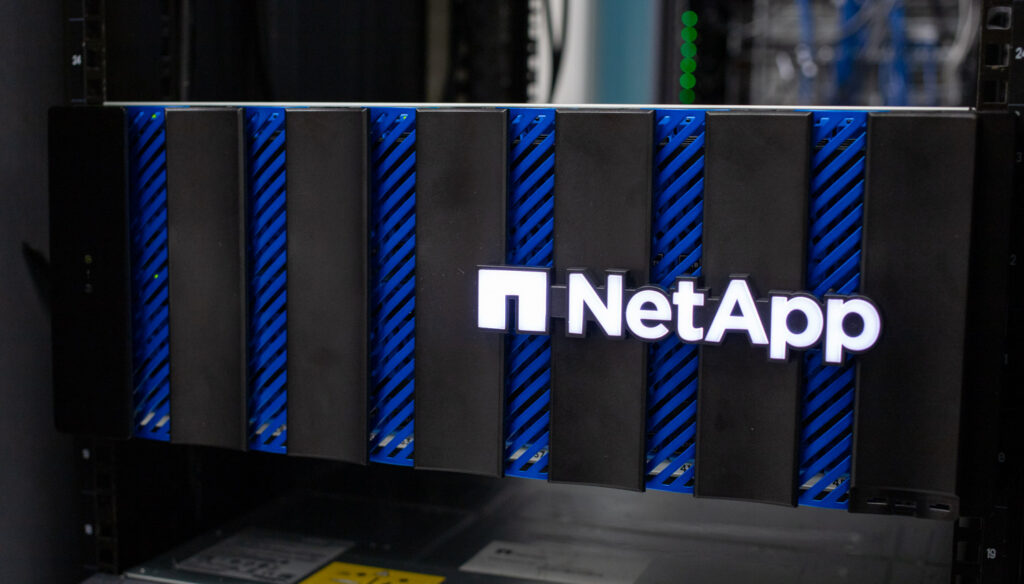NetApp ASA delivers simplified, high-performance SAN storage with streamlined deployment, ONTAP integration, and deep VMware support.
Our team traveled to NetApp’s offices in Research Triangle Park, North Carolina, to look at the new NetApp® ASA (All-SAN Array) system—an offering designed to deliver high-performance, block-optimized storage within the ONTAP ecosystem. While NetApp has long been known for its unified storage solutions, ASA takes a different approach, streamlining functionality to focus exclusively on block workloads using Fibre Channel (FC) and iSCSI protocols. This shift positions ASA as a direct competitor to traditional SAN arrays, offering enterprise-grade reliability, protection, and seamless VMware integration. What’s more, NetApp’s mission with ASA is simplicity, intending to make deployment and system management for IT generalists.
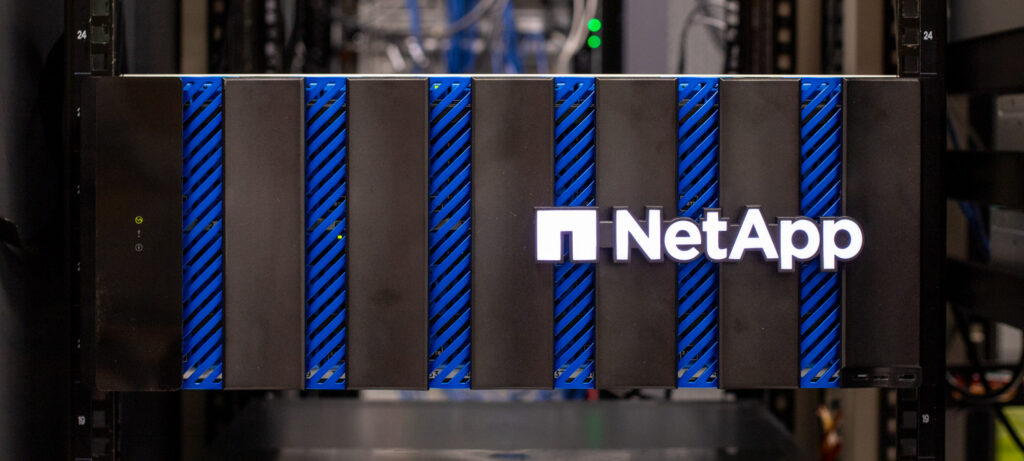
This piece and the accompanying video will explore what makes ASA unique and what organizations that need block storage can expect from it. In our lab testing, we’ll break down its architecture, deployment process, and performance. From Day 1 setup to ongoing management, we’ll examine whether ASA truly simplifies the SAN experience and where it fits within modern enterprise storage strategies. Let’s dive in.
What is NetApp ASA?
As noted, NetApp ASA is a platform designed for enterprises that require a block-optimized SAN solution with the simplicity, efficiency, and automation of NetApp’s ONTAP ecosystem. By eliminating NAS/Object functionality, ASA is optimized exclusively for workloads using Fibre Channel (FC), iSCSI, NVMe/FC, and NVMe/TCP. It delivers consistent performance, low latency, and seamless scalability for mission-critical applications. This focused approach makes ASA a compelling alternative to traditional SAN arrays from competitors while maintaining the advanced data services and management capabilities that NetApp users expect. With the application-level protection and automatic failover capabilities of NetApp SnapMirror®, as well as consistent data protection and clone management from NetApp SnapCenter®, ASA delivers simplified operations and consistent data availability with zero data loss or downtime.
At its core, ASA is built for simplicity and reliability. NetApp has designed the platform to be easier to deploy, manage, and scale, ensuring organizations can provision storage quickly without the complexity traditionally associated with SAN environments. The ASA architecture incorporates symmetric active/active multipathing, ensuring all LUNs are equally accessible through either controller in a HA pair, maximizing performance and resilience. NetApp’s six 9s availability guarantee (99.9999% uptime) also gives enterprise customers confidence that their critical workloads will remain operational without disruption.
Beyond performance and cost, ASA’s integration with virtualized environments is another key differentiator. Tight VMware integration, including support for vSphere Virtual Volumes (vVols) and Site Recovery Manager (SRM), ensures that virtualization teams can seamlessly manage storage within familiar VMware tools. This makes ASA an attractive option for enterprises running large-scale virtualized workloads, databases, and business-critical applications that require low-latency, high-availability storage solutions.
With ASA, NetApp is positioning itself to attract new customers who may have traditionally looked to other SAN providers. By stripping away the complexity of a unified storage model and focusing solely on block storage, ASA lowers the barrier to entry for organizations that need high-performance, enterprise-grade SAN storage without the operational overhead. The streamlined deployment process and intuitive management tools enable IT generalists to handle provisioning and ongoing maintenance, reducing the reliance on specialized storage administrators. With a more aggressive pricing structure, ASA offers a compelling alternative for businesses seeking a reliable, cost-effective, and scalable SAN solution that aligns with modern IT infrastructure demands.
NetApp ASA Hardware
At a fundamental level, NetApp ASA shares the same hardware as the AFF systems but with a SAN-specific code base optimized for block storage and simplified management. The bezel is the quick visual differentiator between the ASA and AFF arrays; the ASA uses the new black and blue lighted bezels, whereas the AFF uses white and blue.
Since the 2024 NetApp INSIGHT conference, the company has launched six new ASA models, refreshing the platform’s hardware with a renewed focus on simplicity. The core differentiators between the units are performance and scalability; the key highlights are in the table below.
| Specification | ASA A1K | ASA A90 | ASA A70 | ASA A50 | ASA A30 | ASA A20 |
|---|---|---|---|---|---|---|
| Form Factor | 4U | 4U | 4U | 2U | 2U | 2U |
| CPU Cores | 208 | 128 | 64 | 48 | 32 | 16 |
| Physical Memory | 2048GB | 2048GB | 256GB | 256GB | 1280GB | 128GB |
| Max Drive Count | 240 | 240 | 240 | 120 | 72 | 48 |
| NVDIMM / NVRAM | 128GB | 128GB | 64GB | 32GB | 16GB | 16GB |
| I/O Expansion Slots | 18 | 18 | 18 | 8 | 8 | 8 |
| ONTAP® Support | 9.16.0+ | 9.16.0+ | 9.16.0+ | 9.16.1+ | 9.16.1+ | 9.16.1+ |
NetApp ASA A90
This report focuses on the ASA A-Series, specifically the ASA A90, which is optimized for high performance and low latency, making it ideal for demanding workloads such as databases, virtualization, and critical enterprise applications.
NetApp ASA A90 is all business in the front. After you remove the illuminated bezel, the 48 NVMe drive bays are exposed. The ASA A90 system can scale up and down, with options to add additional disk shelves and expand to 12 nodes or 6 HA pairs. The nodes and disk shelves take full advantage of the rack space, with 24 bays per 2U.
Inside, there are many readily accessible components for easy servicing. The NVRAM capacity is on top, but subtle things like the CMOS battery are vertically mounted inside, allowing a tech to replace components with minimal effort or no tools. What’s unique is that most of the internal components we generally see as something a tech would need to access throughout a platform’s service life are moved to the rear—for example, the boot SSD and NVRAM backup SSD.
The key focus now is to leverage design elements from the OCP standard. By moving away from PCIe risers and edge cards, we can achieve greater density and accommodate more I/O cards.
All components are rear-removable, simplifying service and replacing a failed NIC or other parts without removing the top cover. This includes the boot media and media used to flush the NVRAM buffer during a data failure.
NetApp ASA Deployment
Deploying SAN storage can often be complex and time-consuming, but NetApp has designed the ASA platform with simplicity and automation in mind. The wizard-driven deployment process guides users through setup, ensuring that even IT teams without deep storage expertise can get an ASA system up and running quickly. From networking configuration to LUN provisioning, ASA automates key steps, minimizing manual effort and reducing the risk of errors. This streamlined approach accelerates Day 1 deployment and ensures that best practices are followed from the start, making integrating ASA into an existing SAN environment easier with minimal disruption.
For our setup walkthrough, we cover the steps after the unit initialization. When the unit first fires up, it is discoverable via DHCP, and items such as networking configuration are handled to bring the unit into a ready state. Our deployment walkthrough starts right after you can log into ONTAP for the first time.
When you log into NetApp ONTAP for the first time on the ASA A90, you hit the System Manager dashboard, which offers a quick view of system health, capacity, network, and performance information. The initialization process builds the storage pool, leaving storage network configuration and storage provisioning.
The ASA A90 supports IP and FC configurations. For this demo, we are focusing on the IP storage mode. The setup wizard walks you through the steps needed, with the first step configuring a subset of the storage IP interfaces. We gave the unit an IP range of 10.61.102.80 -10.61.102.90 with a /16 subnet mask, allowing ONTAP to create four interfaces in that range.
With the storage IP interface setup, we could move to provisioning storage. Here, we created a 100GB storage unit with an NQN host that mapped to an existing Linux host we had in the environment.
At this stage, our first LUN has already been mapped to our Linux host. You can create protection policies like snapshots or replicate storage to a remote cluster from here.
The Storage tab inside ONTAP shows the main storage pool with 68.8TB available and the first storage unit we provisioned. As shown, no snapshot policy has been configured for this LUN. To add one, right-click and select Protect.
After clicking Protect, you can create a snapshot immediately and start a snapshot schedule. Below, the default snapshot policy is selected, although this is fully customizable based on what you need in your specific environment.
Management with NetApp Data Infrastructure Insights
Data Infrastructure Insights (DII) enhances NetApp ASA with AI monitoring and analytics capabilities that elevate operational efficiency.
DII is designed to provide real-time, accurate end-to-end visibility across the entire SAN infrastructure—from storage arrays to hosts— to enable proactive management rather than reactive troubleshooting. Through its unified view, leaders can monitor performance metrics, visualize data paths, detect anomalies through ML, and track configuration changes. This comprehensive toolset ensures ASA delivers on its core promise of simplicity without sacrificing visibility or control over complex SAN environments.
SAN Analyzer: End-to-End Path Intelligence
SAN Analyzer provides the observability layer to validate and optimize ASA’s symmetric active-active architecture. By mapping complete data paths between hosts, switches, and LUNs, SAN Analyzer:
- Confirms symmetric path utilization: Verifies that ASA’s active-active Block access and iSCSI paths are fully leveraged, preventing asymmetric bottlenecks.
- Identifies misconfigured initiators: Flags hosts using outdated block settings that could bypass ASA’s load-balancing logic.
- Accelerates troubleshooting: Correlates VM-level latency spikes with backend disk queue depths or Fibre Channel CRC errors.
For example, during a VMware vMotion operation, SAN Analyzer can detect if a host HBA is stuck in a single-path mode, enabling administrators to restore multipathing without application downtime.
Anomaly Detection: AI-Driven Performance Assurance
DII’s machine learning engine analyzes ASA’s real-time metrics (IOPS, latency, queue depth) to:
- Predict capacity exhaustion: Anticipates storage pool saturation well in advance with high accuracy, allowing proactive capacity planning and alerting.
- Optimize QoS policies: Adjusts LUN priorities based on seasonal workload patterns (e.g., month-end processing, quarterly reporting).
- Prevent “noisy neighbor” issues: Identifies workloads consuming disproportionate resources and facilitates appropriate resource allocation.
Unlike threshold-based systems, Anomaly Detection significantly reduces false alerts by accounting for legitimate workload cycles like nightly batch processes or scheduled database maintenance.
Change Analysis: Validating Operations
While ASA automates provisioning and failover, DII’s Change Analysis provides a comprehensive audit trail to:
- Verify automation outcomes: Confirms that automated LUN expansions maintained symmetric pathing.
- Track non-disruptive upgrades: Correlates controller firmware updates with post-upgrade performance metrics.
- Enforce security policies: Alerts on unauthorized target modifications attempted via legacy scripts.
Change Analysis can reveal significant system changes in enterprise environments, like storage pool expansions that might trigger additional automated processes, allowing administrators to fine-tune their automation rules.
 Business Outcomes
Business Outcomes
DII’s integration with NetApp SnapMirror and SnapCenter extends monitoring capabilities to data protection workflows. This ensures that replication relationships and application-consistent snapshots are correctly maintained, further enhancing the resiliency of ASA deployments.
NetApp Trident provides dynamic storage provisioning for Kubernetes for containerized workloads, enabling seamless integration between ASA block storage and containerized applications. By abstracting storage complexities, Trident allows developers to request and mount persistent storage without requiring deep knowledge of ONTAP or Fibre Channel configurations. This flexibility makes ASA a viable option for enterprises adopting Kubernetes, ensuring that containerized applications can access scalable, high-performance block storage without compromising automation and efficiency.
Conclusion
The October 2024 update to NetApp ASA represents a significant refresh that significantly strengthens NetApp’s position in the SAN market. While NetApp has long been known for its unified storage solutions, ASA now offers a streamlined, block-optimized experience tailored to organizations that don’t need file storage but still want the performance, efficiency, and automation of ONTAP. By focusing exclusively on Fibre Channel, iSCSI, and NVMe/FC, this refresh makes ASA a direct competitor to traditional SAN arrays while retaining NetApp’s core strengths in resiliency, data services, and simplified management.
This update is a strategic move to expand NetApp’s reach, offering a compelling alternative for customers who previously chose SAN-specific solutions from competitors. With symmetric active/active pathing, deep VMware integration, and a more accessible pricing model, ASA now provides a cost-effective, high-performance SAN solution without the complexity of a unified storage environment.
By modernizing ASA and refining its focus, NetApp is making a stronger push into the dedicated SAN market while ensuring all customers benefit from its latest innovations and hardened ONTAP code base. The result is a simplified, scalable, and highly available block storage platform that aligns with the needs of virtualized environments, mission-critical databases, and enterprises looking for an approachable SAN experience.
This report is sponsored by NetApp. All views and opinions expressed in this report are based on our unbiased view of the product(s) under consideration.
Engage with StorageReview
Newsletter | YouTube | Podcast iTunes/Spotify | Instagram | Twitter | TikTok | RSS Feed

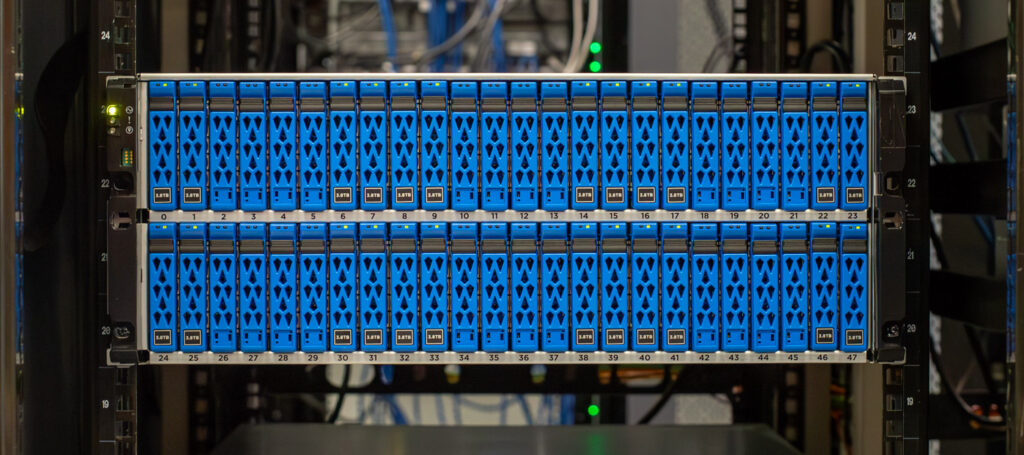
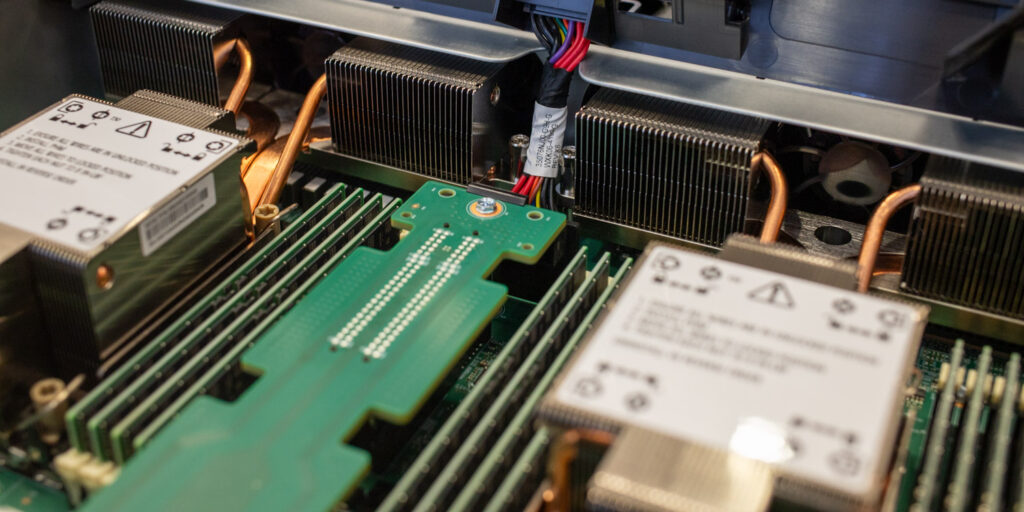
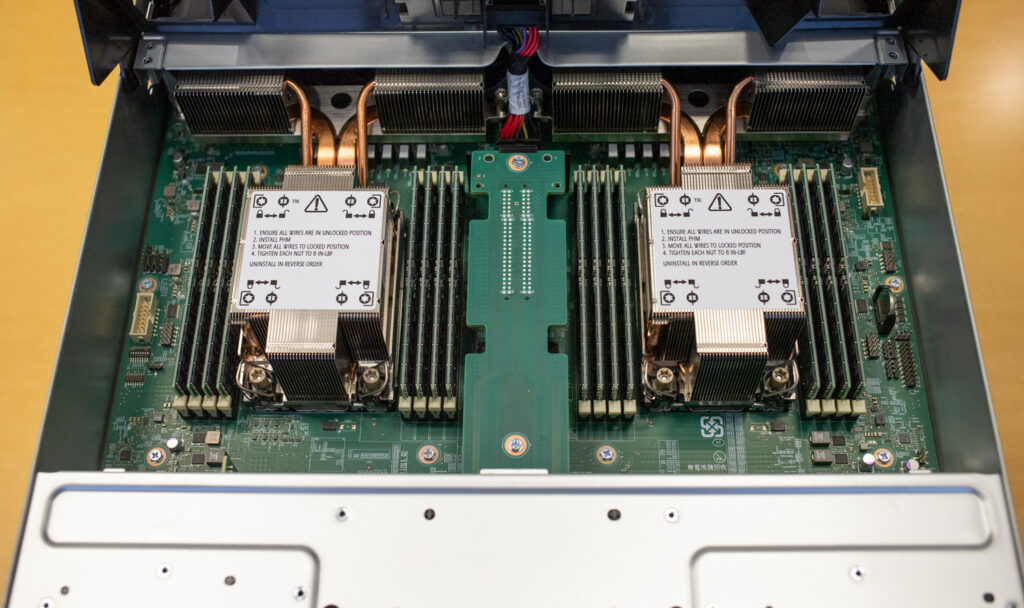
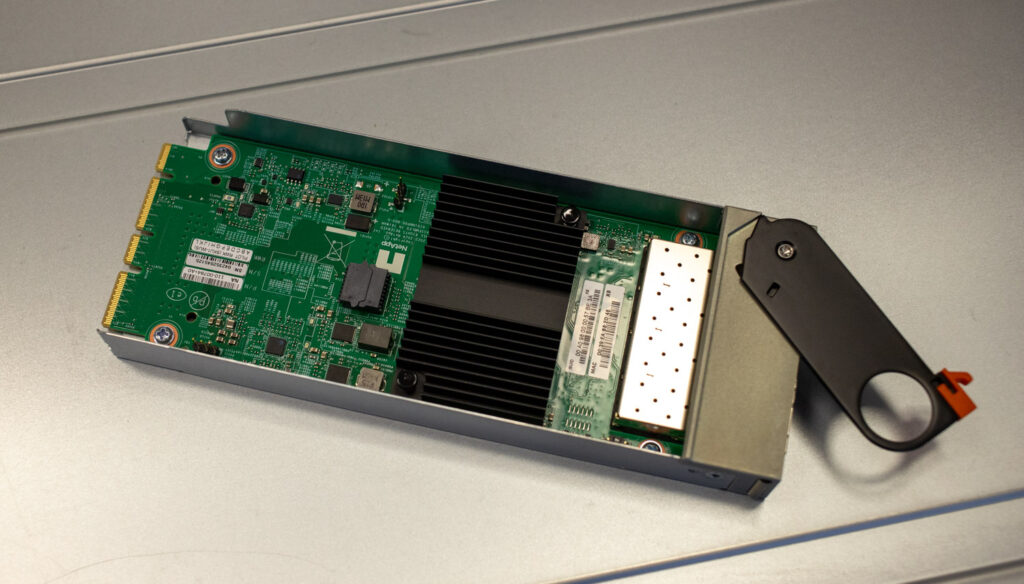
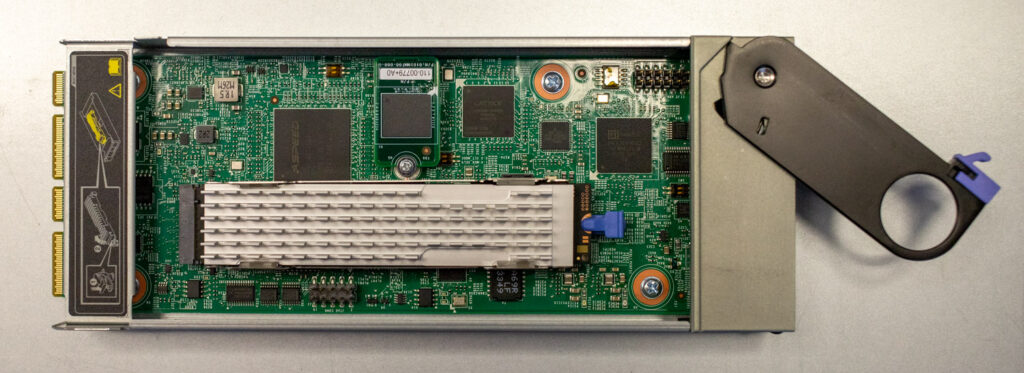
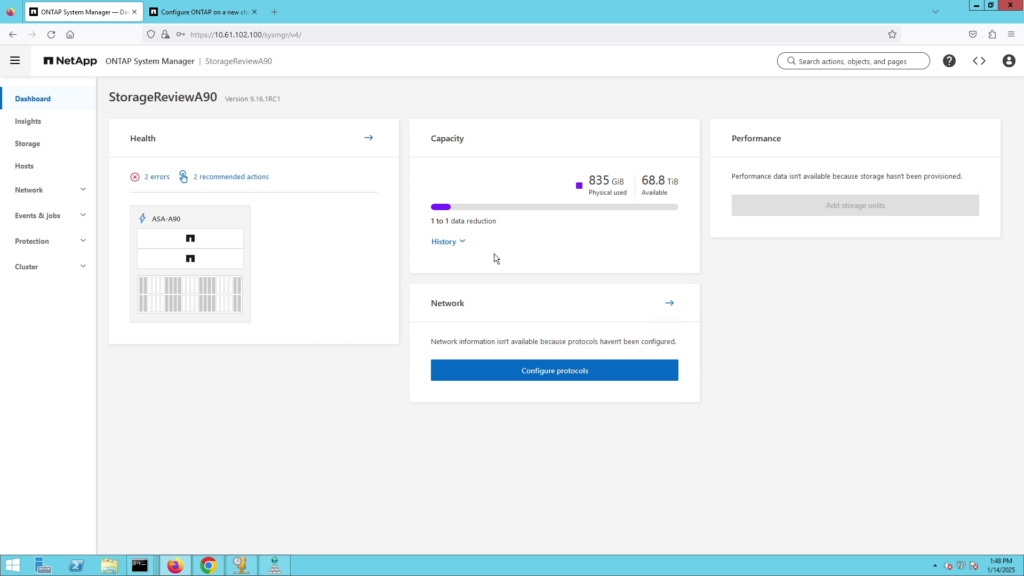
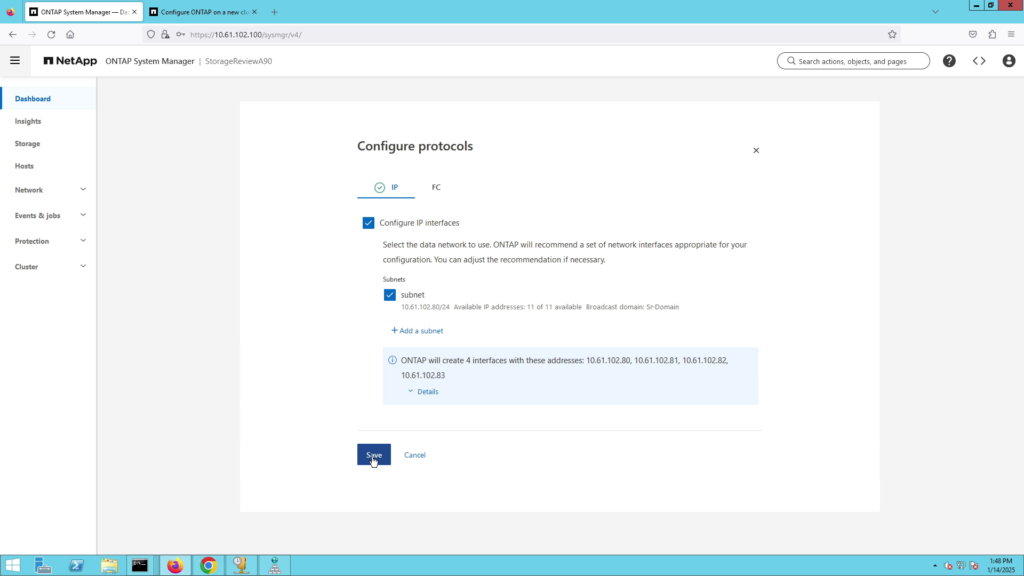
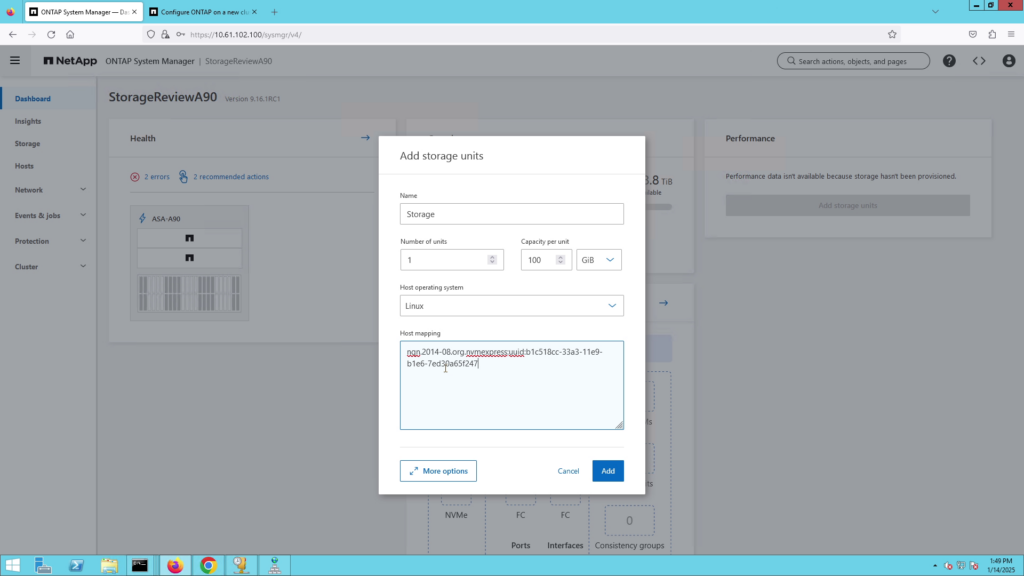

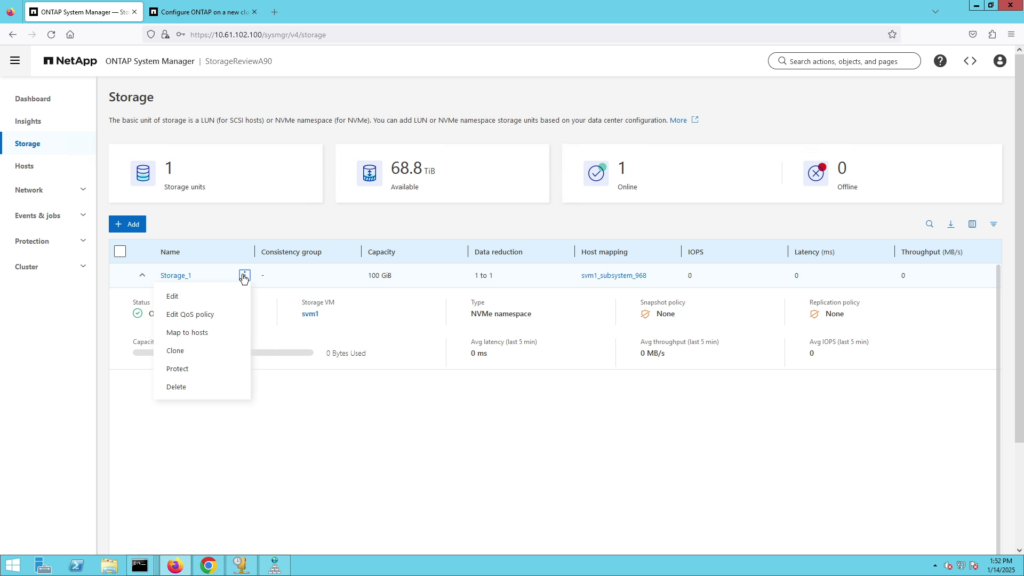
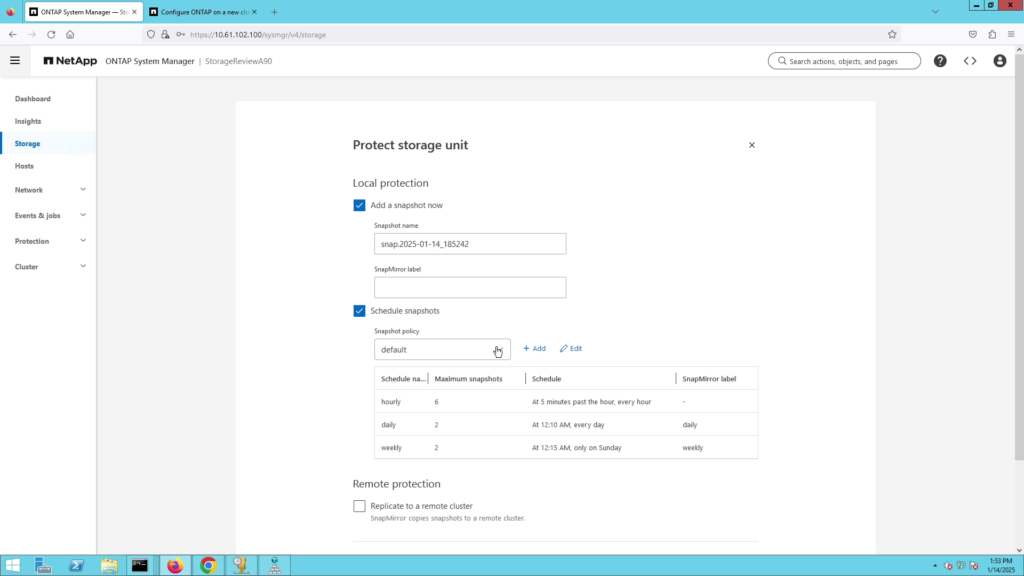

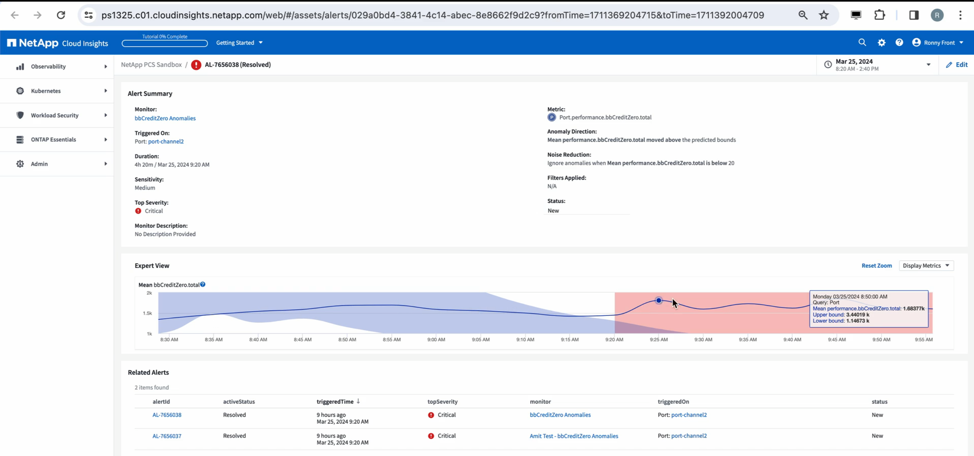
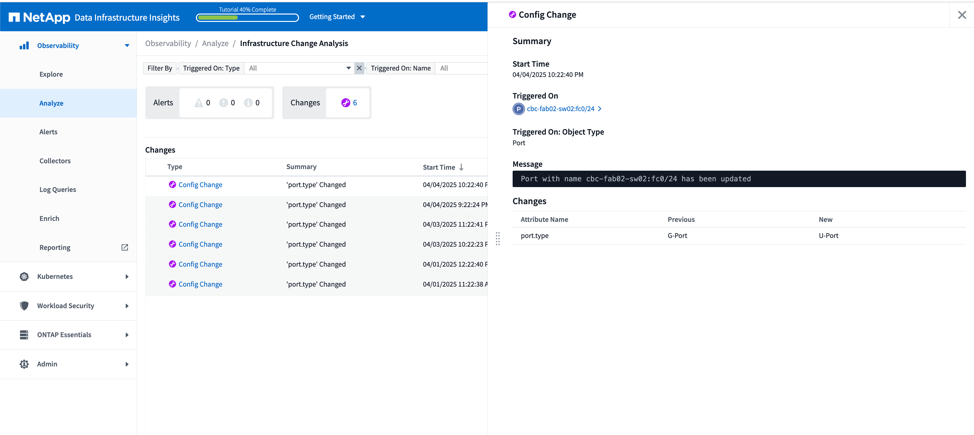 Business Outcomes
Business Outcomes